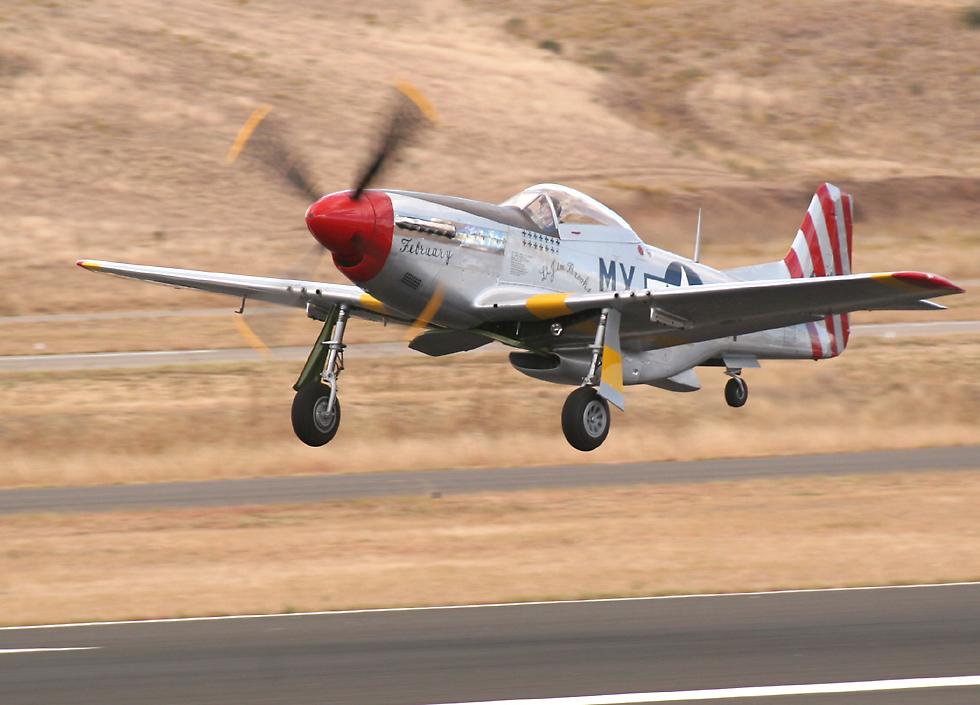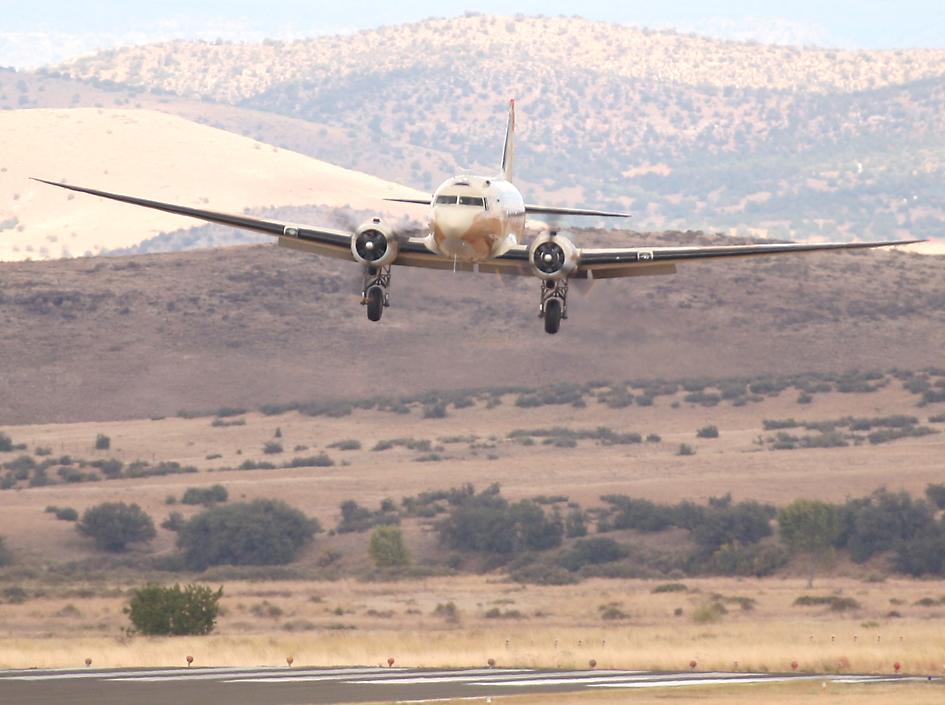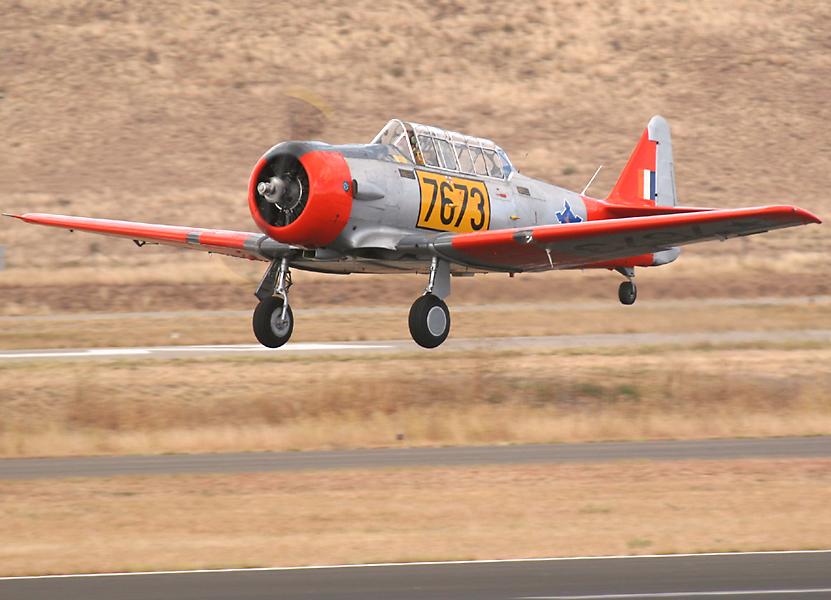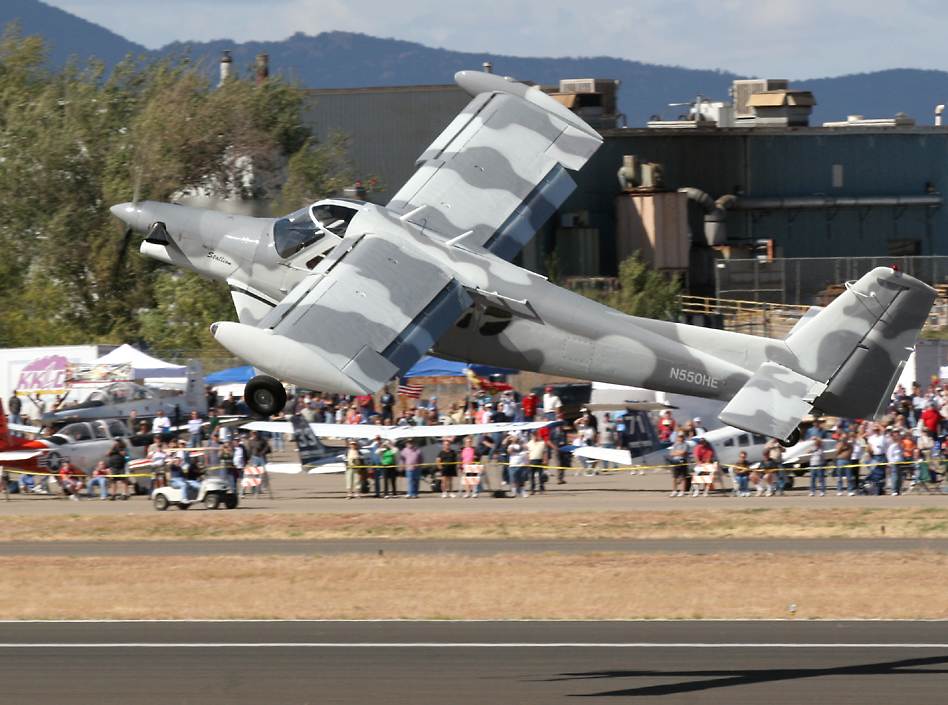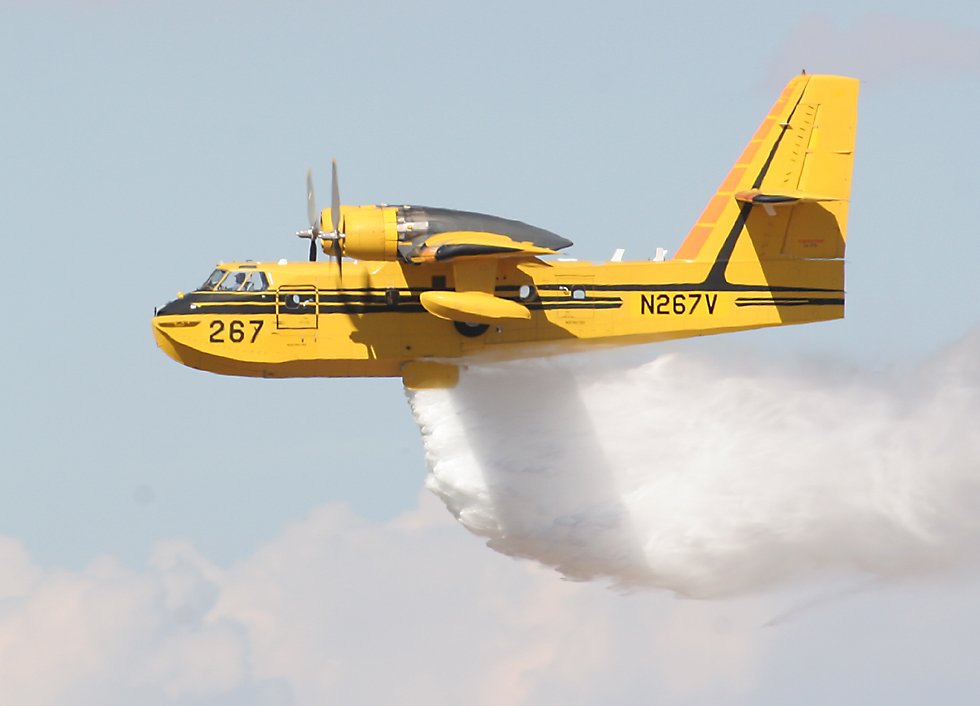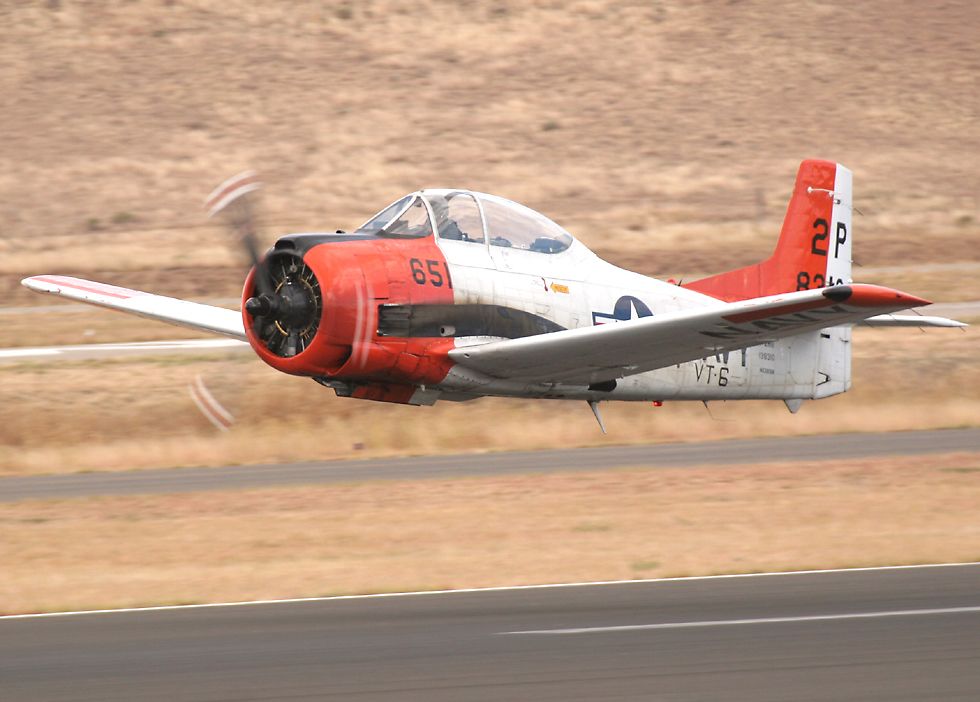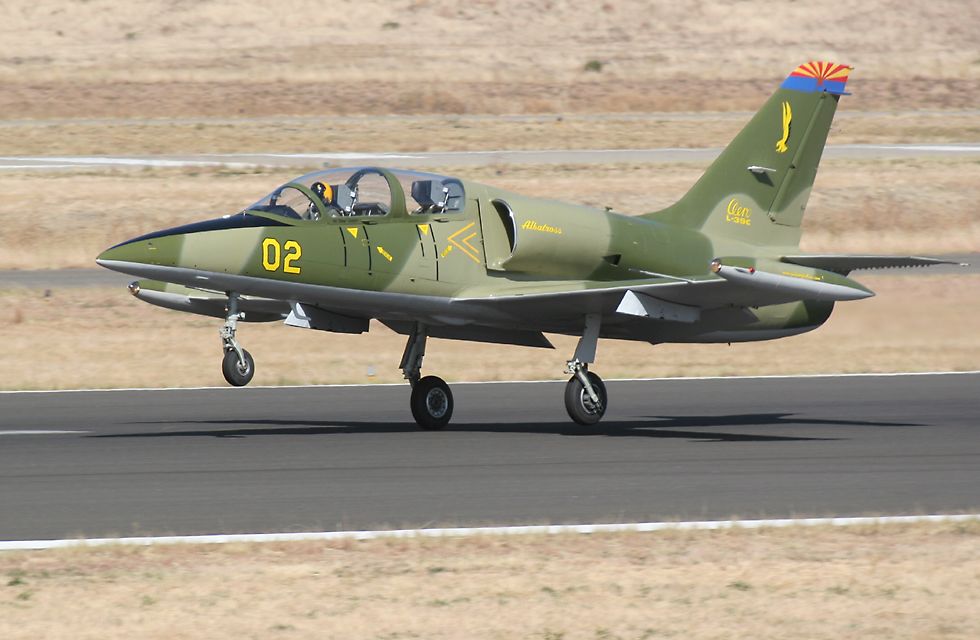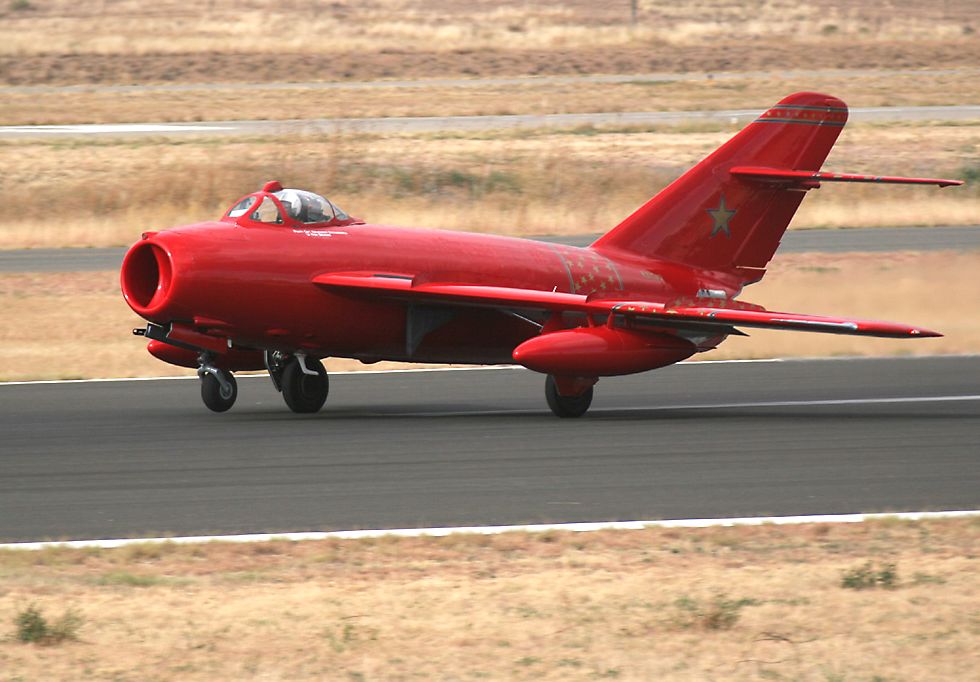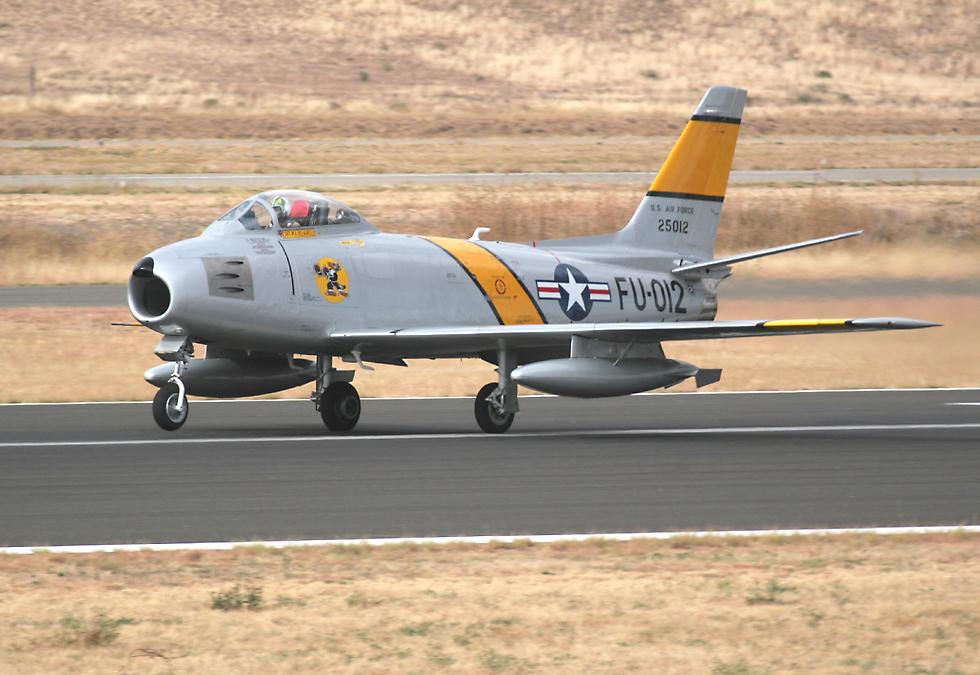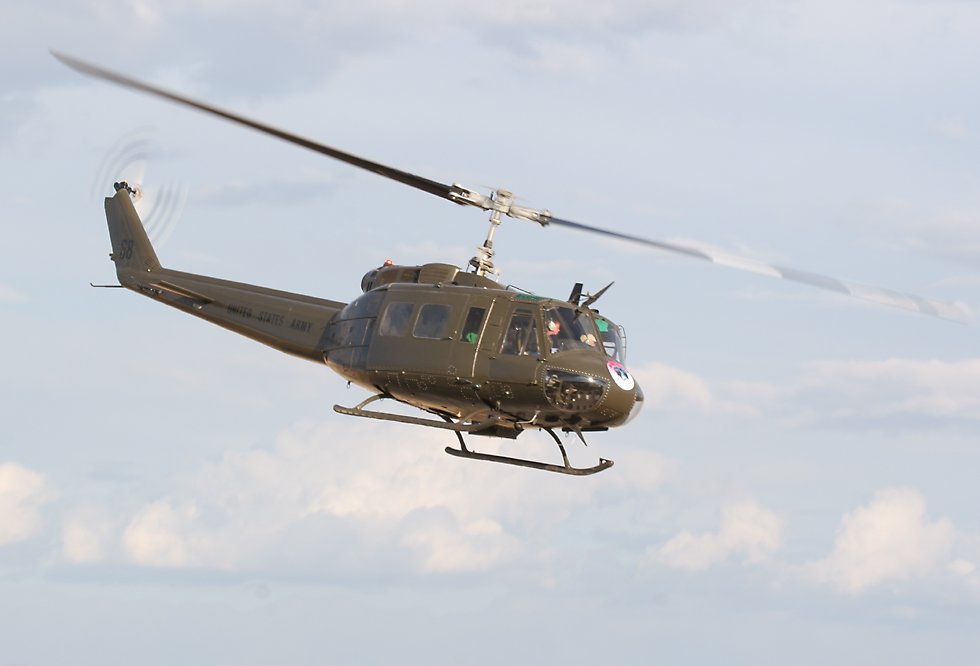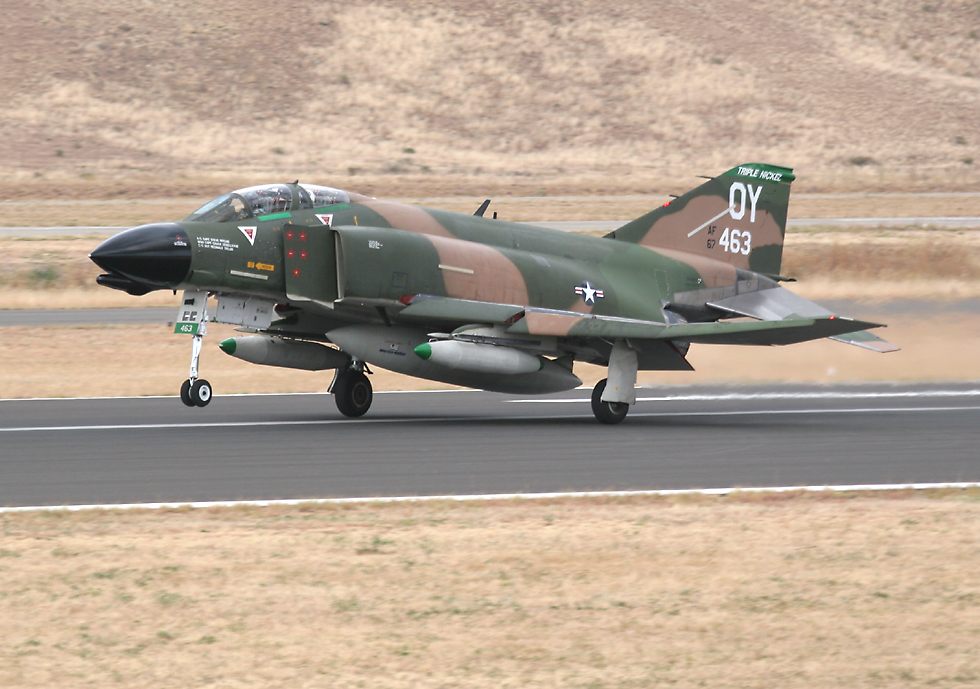Prescott Air Fair (Arizona Skyfest) 2005
|
The Prescott Air Fair, also known as the Arizona Skyfest, is so good that they had to name it twice! Last year's show was the first after a break of many years, but it's expanding rapidly and becoming a "must see" on the airshow circuit. This year the Arizona wing of the Commemorative Air Force brought along their world war two B-17 Flying Fortress bomber called "Sentimental Journey", flying it several times during the day and raising money for its continuing operation by giving people the opportunity to ride in it. |
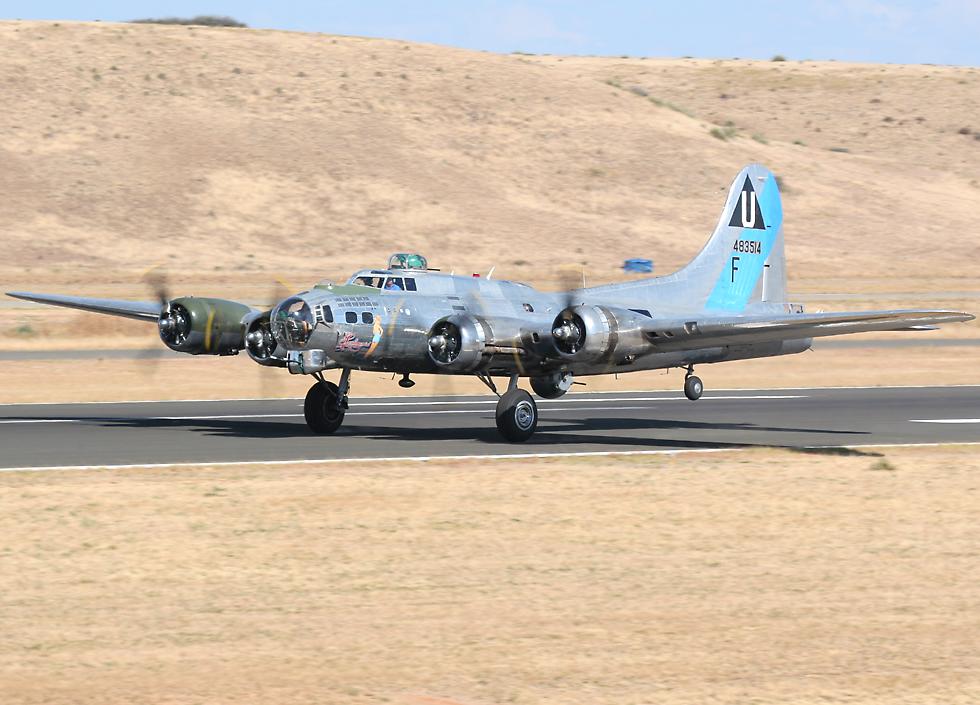 |
|
The world war two aircraft were put up in a mass warbird flyover, here you can see the C-47 flanked by Texans, with Chinese Nanchang CJ-6 trainers behind and then the unmistakable Flying Fortress. |
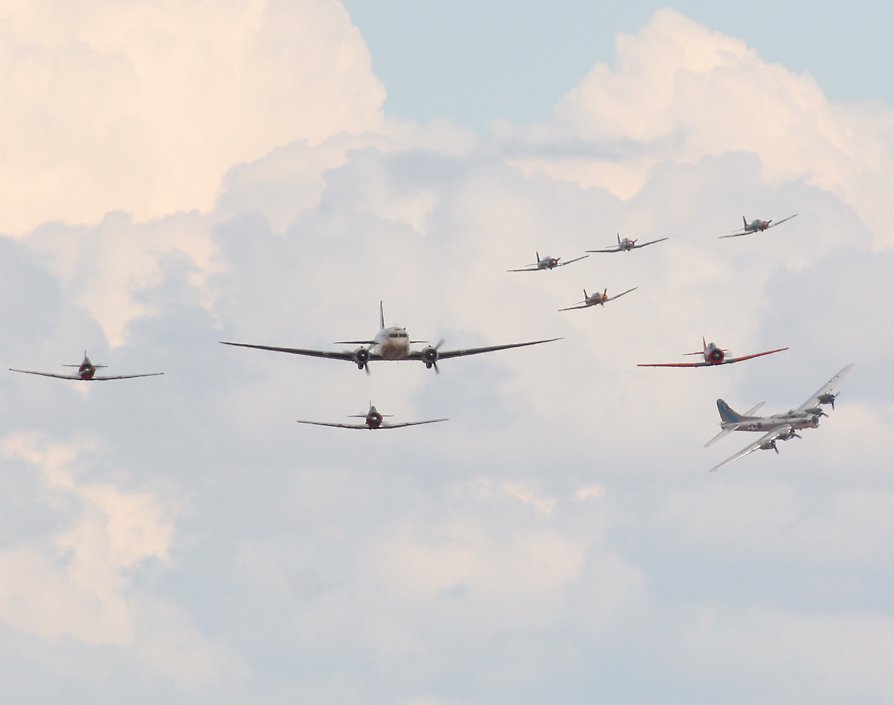 |
|
Here's the star of last year's show, the British "Sea Fury" naval fighter in Royal Australian Navy colors. Like the American F8F Bearcat, the Sea Fury was produced too near the end of the war to have any real impact, but both were built in small numbers and went on to enjoy a successful combat career, in the Sea Fury's case even shooting down MiG-15 jet fighters in Korea. It's a very powerful aircraft, with an 2,480 horsepower 18 cylinder radial engine and four 20mm cannons. As well as doing a full aerobatic display during the show, Ellsworth Getchell also demonstrated on the ground how the wings of this aircraft can be folded for carrier operation. |
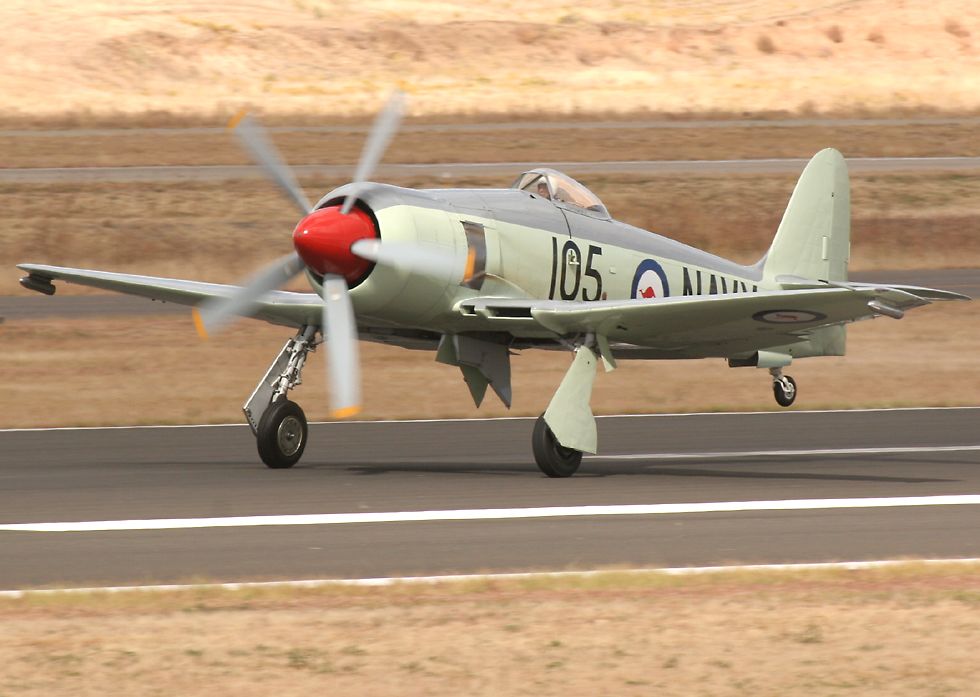 |
|
The Phantom is one of the very few aircraft which has ever succeeded as both an air force and a navy fighter. Attempts by politicians to create such aircraft (such as the F-111 "Aardvark" and the upcoming F-35 Joint Strike Fighter) usually result in an aircraft which is so compromised that it can't perform any of its tasks properly, but the Phantom performed well against Russian aircraft like the MiG-21 "Fishbed" mach 2 fighter, and even excelled in the ground attack role using napalm or up to 13,000 pounds of ordnance. |
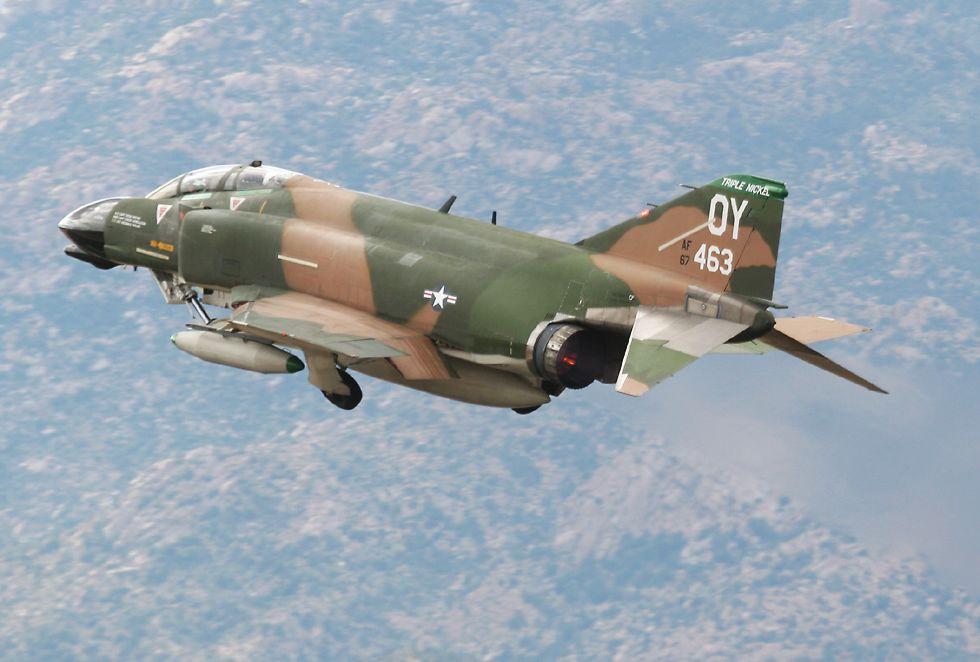 |
|
This is not to say that the Phantom was a perfect aircraft. The unusual shape of its tail, the bent wingtips and various other features were all crude fixes for major aerodynamic deficiencies. The main reason this aircraft became a classic and not a forgotten footnote is its very powerful J79 jet engines - as someone once said, you can make even a brick fly if you give it powerful enough engines! Nevertheless, the kill ratio was far lower in Vietnam than the Sabre had enjoyed in Korea, at times the US forces were loosing one of their own fighters for every enemy fighter destroyed. This poor result led to the creation of the navy's famous Top Gun fighter training school, which brought the navy kill ratio up to 13-1 and later 21-1. |
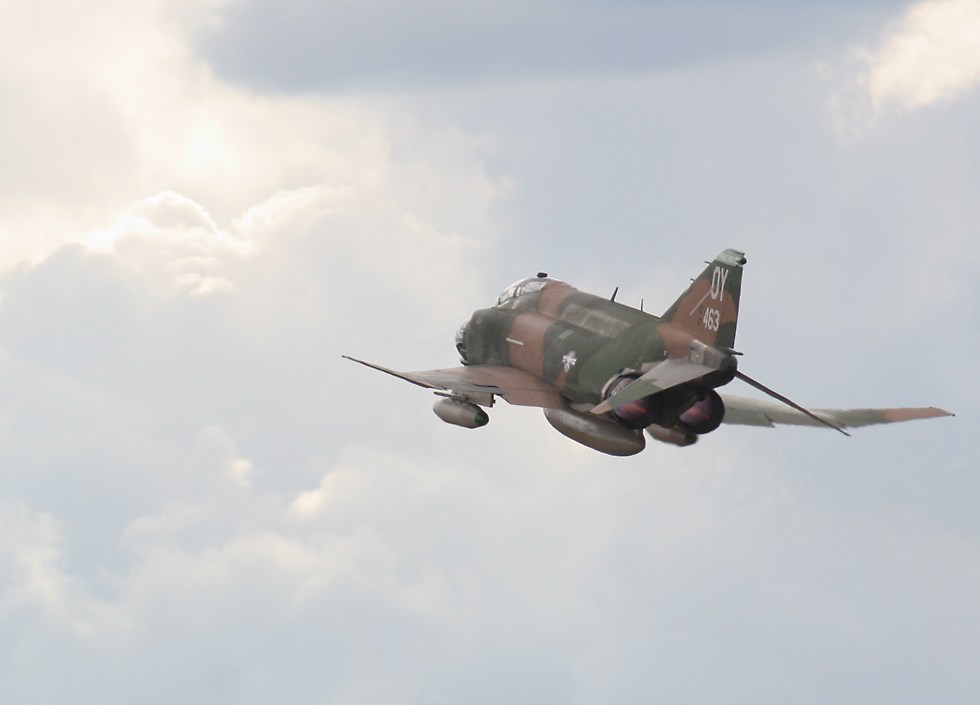 |
|
This aircraft is the only privately owned Phantom in the world. The Collings Foundation needed an Act of Congress to allow them to buy and operate the aircraft, which is painted up in the color scheme of perhaps the most famous F-4 pilot during the Vietnam war, General Steve Ritchie, who introduced several innovative tactics and also pushed hard for the introduction of a cannon on the navy's Phantoms, which had been operating with an all-missile armament before that time. |
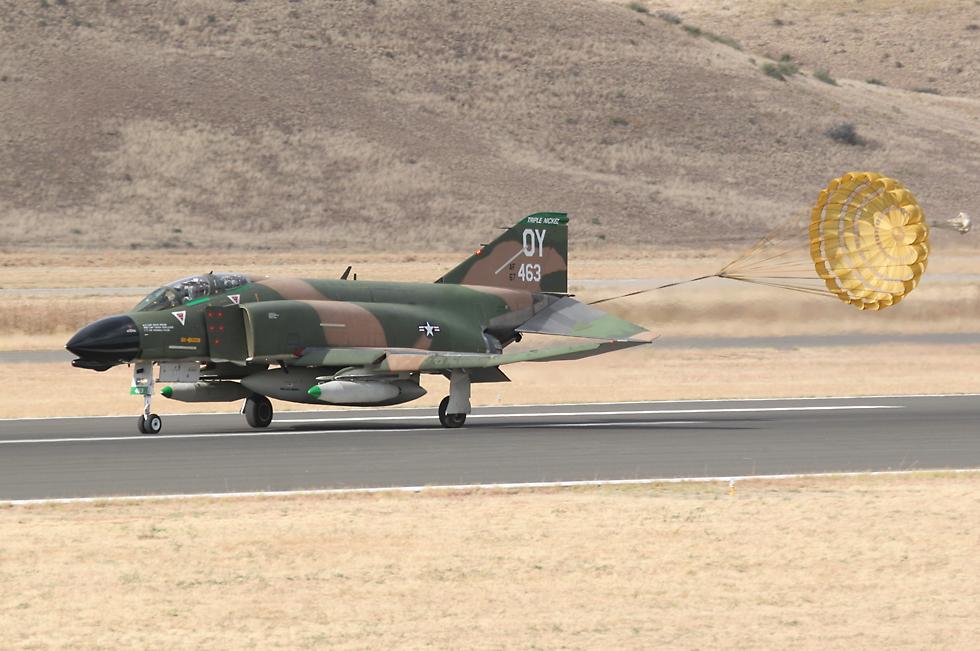 |
